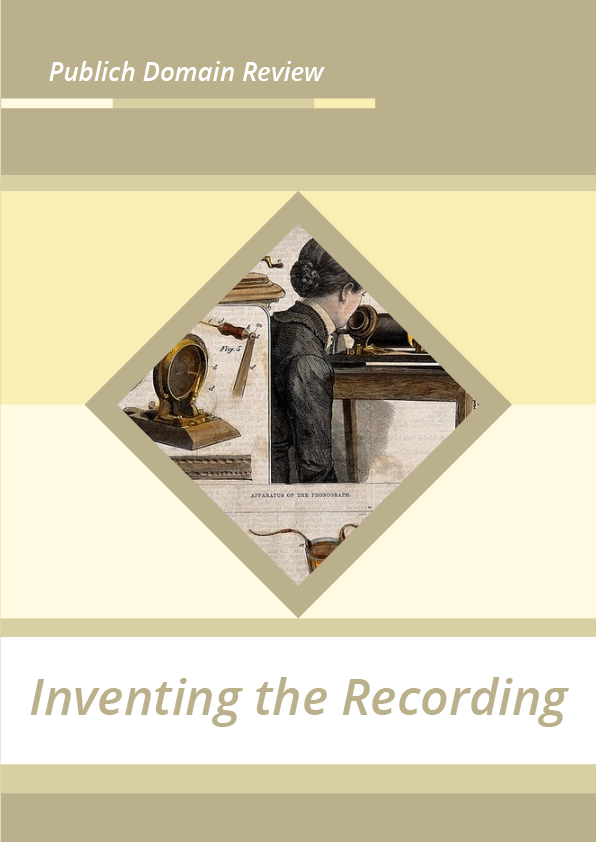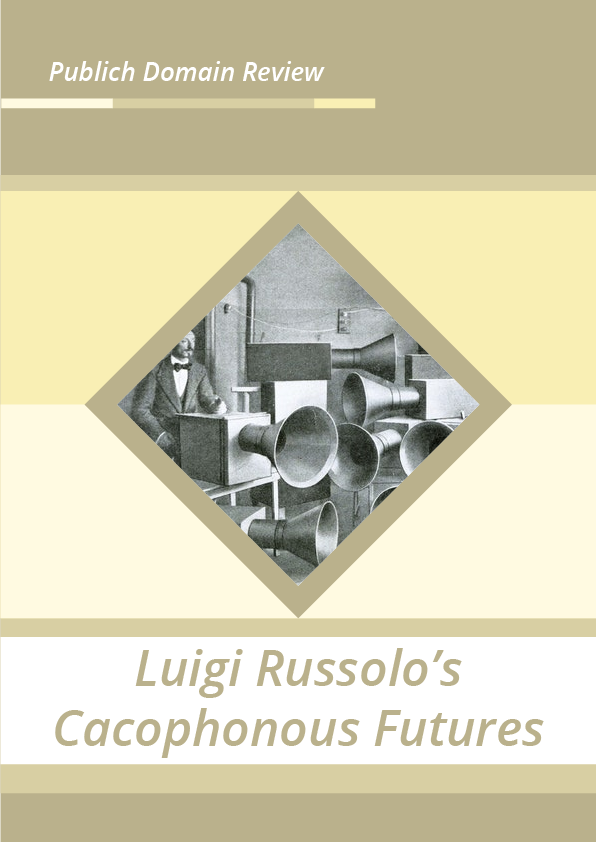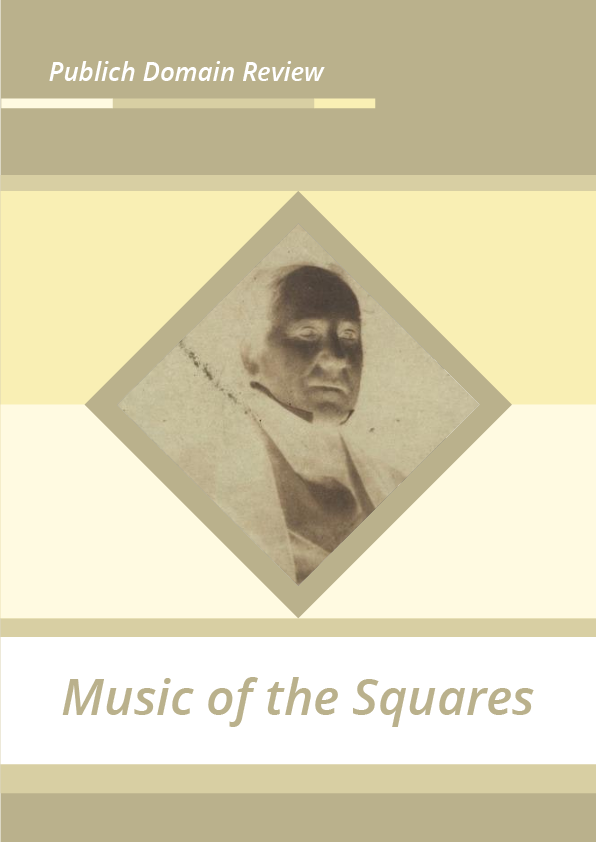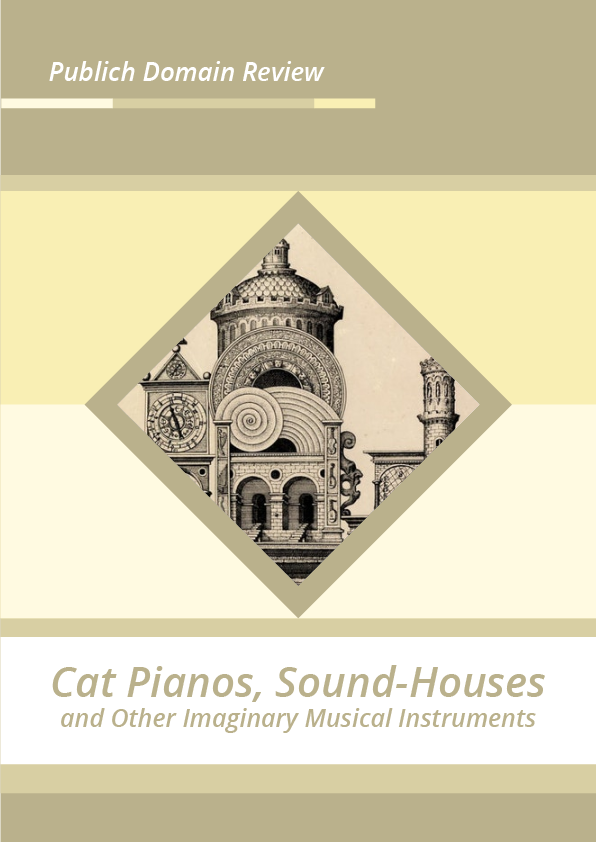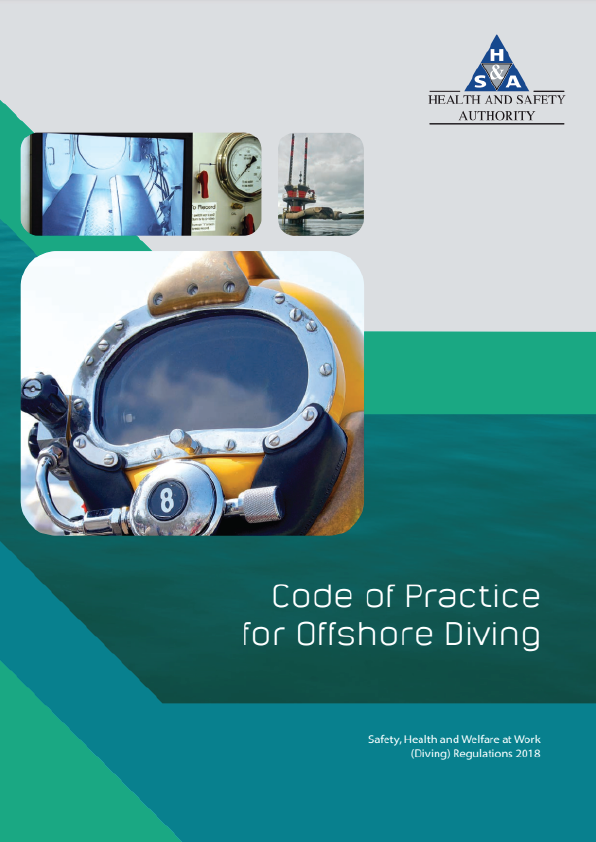Eva Moreda Rodríguez on the formative years of the recording industry, focusing on the culture surrounding the gabinetes fonográficos of fin-de-siècle Spain.
To the question “When were recordings invented?”, we might be tempted to answer “1877” — the year when Thomas A. Edison was first able to record and playback sound with a phonograph. But what if we think of recordings not as mere carriers of sound, but as commodities that can be bought and sold, as artefacts capable of capturing and embodying values and emotions; of defining a generation, a country or a social class? The story then becomes one that unfolds over three decades and is full of many layers and ramifications. Without Edison’s technological innovations, recordings would have certainly never existed — but hammering out the concept of recording were also a myriad of other inventors, musicians, producers, and entrepreneurs from all over the world. Most of them were enthusiastic about being part of a global revolution, but they worked in close connection with their milieu too, shaping recording technologies and their uses to relate to the needs, dreams, and desires of the audiences they knew.
The tenor Florencio Constantino was one of these now-forgotten pioneering individuals. Born in 1868 in Ortuella, a mining village miles from the Bilbao estuary in the Basque Country, Constantino was one of the first musicians in history to develop a recording career worth the name. In fact, his life and career interlock with the early history of recorded music in fascinating ways. He was part of a generation of Spaniards who discovered recorded sound in their teenage and early adult years, found himself in high demand as a recording artist in local studios in Spain at the end of the nineteenth century, and went on to record internationally as multinationals decimated Spain’s indigenous industry.
Edison initially believed that the phonograph would be most in demand in offices and companies: recorded sound, he thought, would make business communication easier by doing away with the ambiguities of written language. However, the Improved Phonograph and Perfected Phonograph, both of which he launched in 1888, took recording technologies in a different direction. Audiences turned out not to be interested in the phonograph because of its practical uses, but because it entertained them: the first phonograph parlor opened in San Francisco in 1889, and was soon followed by thousands others all over the United States. In Constantino’s native Spain — more rural, less industrialised — phonographs were instead paraded around cities and towns and temporarily installed in civic centres, schools, hotels, and churches. For a modest fee, locals from all social classes were able to acquaint themselves with the latest discoveries of science. Some of the names and endeavours of these Spanish phonography pioneers have found their way to us today through advertisements and reports in local newspapers. Many of them were agents of Edison’s or funfair impresarios, and we know of a cornet player and entertainer by the name of Lorenzo Colís who in the summer of 1894 toured a phonograph around the Basque Country and La Rioja, and visited the Ortuella area.
